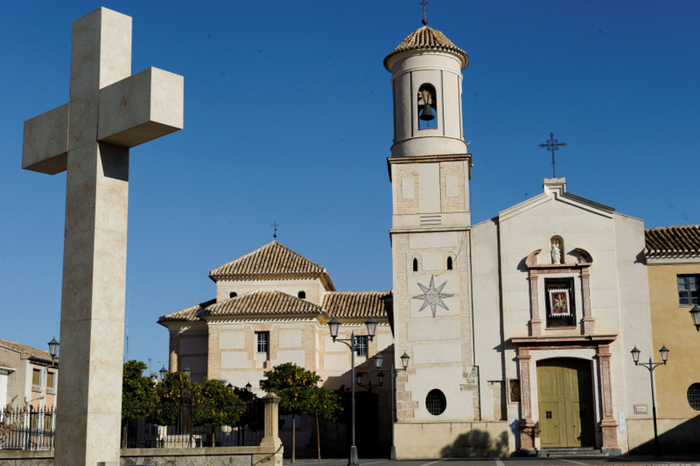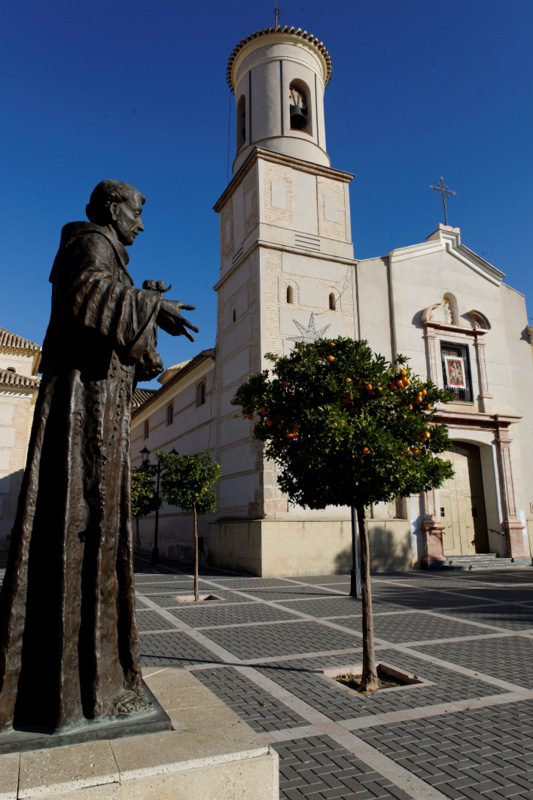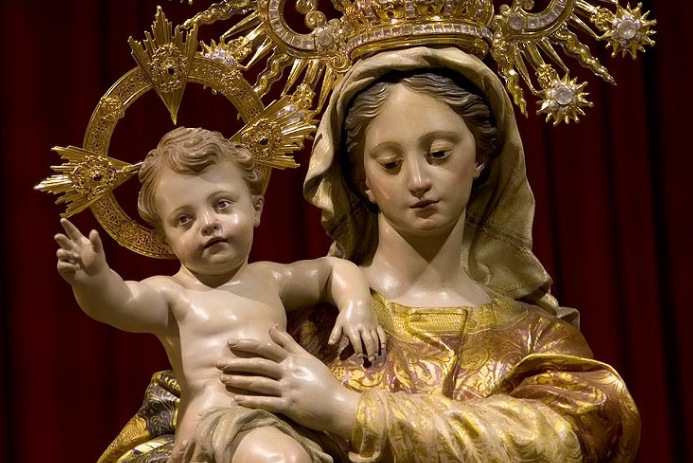

Guidelines for submitting articles to La Torre Golf Resort Today
Hello, and thank you for choosing La Torre Today.com to publicise your organisation’s info or event.
La Torre Golf Resort Today is a website set up by Murcia Today specifically for residents of the urbanisation in Southwest Murcia, providing news and information on what’s happening in the local area, which is the largest English-speaking expat area in the Region of Murcia.
When submitting text to be included on La Torre Golf Resort Today, please abide by the following guidelines so we can upload your article as swiftly as possible:
Send an email to editor@spaintodayonline.com or contact@murciatoday.com
Attach the information in a Word Document or Google Doc
Include all relevant points, including:
Who is the organisation running the event?
Where is it happening?
When?
How much does it cost?
Is it necessary to book beforehand, or can people just show up on the day?
…but try not to exceed 300 words
Also attach a photo to illustrate your article, no more than 100kb

The Santuario de la Santísima Virgen de las Maravillas in Cehegin
Also known as the Convent of San Esteban, home to the venerated figure of the Virgen de las Maravillas
 Construction work began on this group of buildings in the 16th century, when the new building was created around a small church dedicated to San Esteban. The new church was built under the patronage of Alonso Fernández Peñalver, starting in 1568, and it was eventually renamed “Convento de San Esteban Protomartir Extramuros”.
Construction work began on this group of buildings in the 16th century, when the new building was created around a small church dedicated to San Esteban. The new church was built under the patronage of Alonso Fernández Peñalver, starting in 1568, and it was eventually renamed “Convento de San Esteban Protomartir Extramuros”.
Since its construction it has been occupied by the Franciscan order except from 1836 to 1878, when it became a lay building, and in the time of the Second Republic (1930s), when it was briefly a women’s prison.
In 1690 a missionary school was founded in the convent with the aim of training missionaries who to travel to America. Pupils came from Valencia and Granada, bringing important revenue.
Since the 16th century there have been various alterations, the most important of which took place in the 18th century, when the church was considerably extended. At the same time the floor level was raised, the tower was finished in brickwork to match the previously existing masonry and a belfry was added.
A special niche was created to house the figure of the Virgen de las Maravillas and the baroque altarpiece was also added.
Later the chapel of the Venerable Orden Tercera de San Francisco, which occupied one of the arms of the cross-shaped building, was knocked down and replaced by the chapel of San José, a kind of church within a church.
 The most noteworthy feature of the convent is the baroque cloister, the central area of the complex.
The most noteworthy feature of the convent is the baroque cloister, the central area of the complex.
In 1812 some of the buildings were destroyed during The Peninsular Wars, Napoleonic troops sacking Cehegín on their way to Portugal, and at this point the inhabitants of the building were expelled and much of the convent was set on fire.
Between 1820 and 1823 they returned, albeit in much smaller numbers, but in 1837 confiscation laws threatened the future of the convent. In the end, a reduced number of Franciscans maintained it until its official reopening in 1878.
The convent again suffered significant damage during the Civil War, but in the 1940s the façade was completely restored and in 1999 another refit was performed using veined marble from Pena Rubia. The tower was returned to its original state, and this is how we can see the building today.
History of the Virgen de las Maravillas in Cehegín
 The history of the Virgen de las Maravillas of Cehegín goes back to the year 1721, when Franciscan friar Francisco Moreno Pastor expressed his desire to find a worthy image of cult for the town. His aim was to raise spirits after a spate of epidemics and failing crops.
The history of the Virgen de las Maravillas of Cehegín goes back to the year 1721, when Franciscan friar Francisco Moreno Pastor expressed his desire to find a worthy image of cult for the town. His aim was to raise spirits after a spate of epidemics and failing crops.
He visited Pedro Antonio Pereti in Caravaca, a man who had the economic means to help in his quest. Pereti charged his brother Lorenzo, captain of a merchant ship, to commission a sculpture in Naples, and the work was completed by the sculptor Nicolas Fumo, who created a carved image of the Virgin with the infant Jesus in her arms
After four years it arrived in Cartagena on 16th July 1725, following a difficult voyage in which much of the cargo on board ship had been lost in a terrible storm. The Virgin had survived intact, following which she received the name the virgin of miracles, the Virgen de las Maravillas.
She arrived in the convent on 25th July, and since that day has been venerated on the same day of the year.
At the time of her arrival Cehegín already had a patron saint, San Zenón, a cult probably instigated by the Templars during the Middle Ages when they briefly owned the town.
Initially the fiestas in honour of the Virgin took place alongside those of San Zenón, the latter on 9th September and the former on the 10th.
The cult of the Virgin expanded rapidly and on 27th October 1730 her decorated niche was inaugurated, before in 1734 the Virgin and Child were both given silver crowns.
It didnt take long for her to become the co-patron, along with San Zenón, and later, in 1927, the Virgen de las Maravillas became the sole patron of the town.
Since her arrival the Virgin has escaped almost certain destruction on three occasions. The first was in 1812, during the War Of Independence, or Peninsular War, when the church was sacked by Napoleonic troops in 1812. On that occasion, the figure was removed and hidden inside an old chest in a rural finca called La Jabalina, where she remained hidden amongst bushes alongside a waterway for 7 days.
The next was in 1837, under the threat of the confiscation laws, when the Town Hall intervened to save her, and then during the Spanish Civil War, when many religious sculptures were burnt and churches destroyed, the Virgin was transferred to Murcia, where she was catalogued as a piece of incalculable value and stored in the provincial Fine Arts Museum. She returned to Cehegín on 7th May 1939.
The Fiestas Patronales in her honour are held between 8th and 14th September.
Mass times
Summer: Monday to Saturday 8,30 and 20.00, Sundays 9.00, 11.00, 12.00 and 20.00.
Winter: Monday to Saturday 8.30 and 19.00, Sundays 9.00, 11.00, 12.00 and 19.00.
Location
The Convent is outside the main old quarter of Cehegín in the area behind the main High Street, in Calle del Convento. Click for map.
For further information go to the Cehegín section of Murcia Today.









